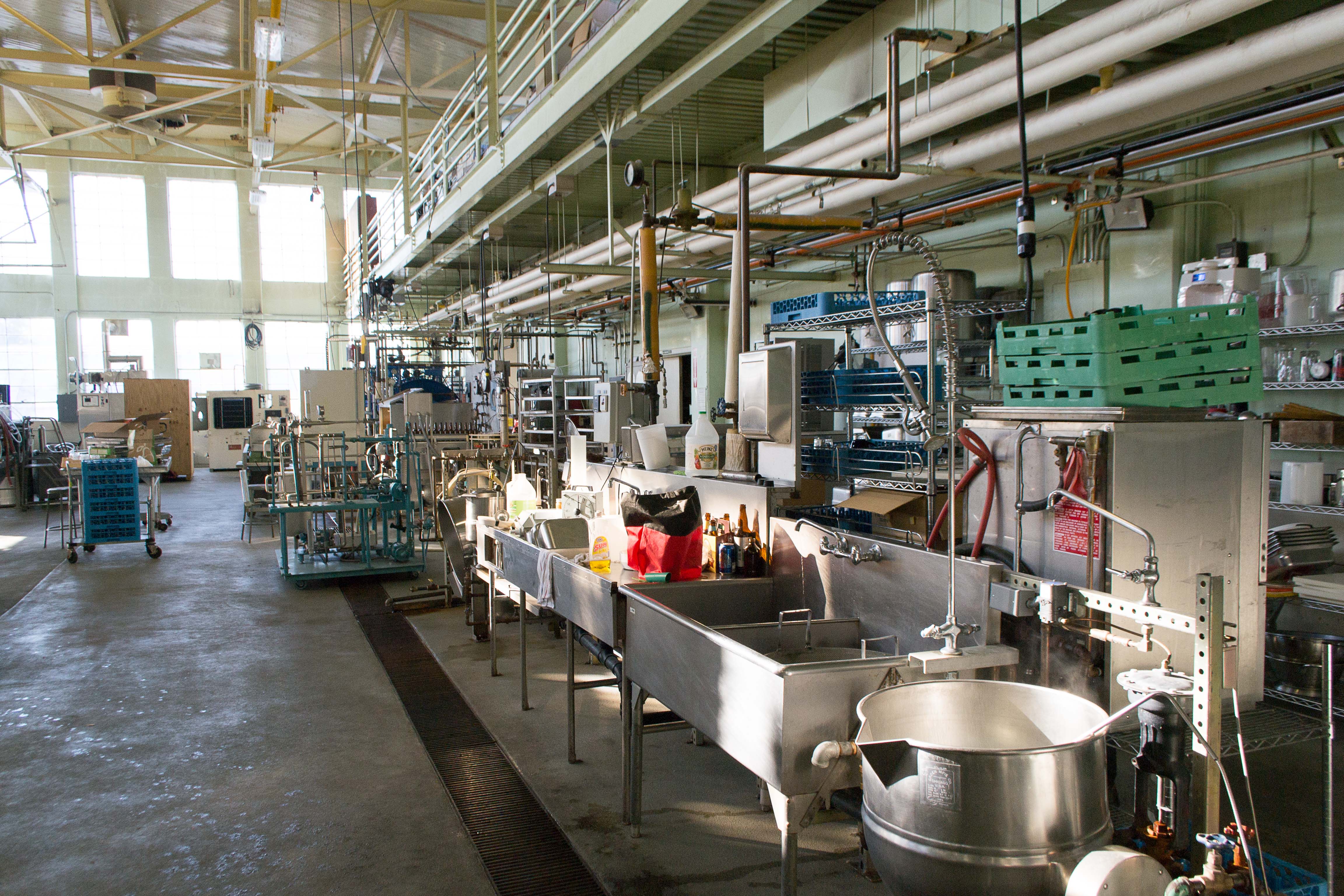
Photo from academic.microsoft.com
Furanocoumarins are a specific group of secondary metabolites that commonly present in higher plants, such as citrus plants. The major furanocoumarins found in grapefruits (Citrus paradisi) include bergamottin, epoxybergamottin, and… Click to show full abstract
Furanocoumarins are a specific group of secondary metabolites that commonly present in higher plants, such as citrus plants. The major furanocoumarins found in grapefruits (Citrus paradisi) include bergamottin, epoxybergamottin, and 6',7'-dihydroxybergamottin. During biosynthesis of these furanocoumarins, coumarins undergo biochemical modifications corresponding to a prenylation reaction catalyzed by the cytochrome P450 enzymes with the subsequent formation of furan rings. Because of undesirable interactions with several medications, many studies have developed methods for grapefruit furanocoumarin quantification that include high-performance liquid chromatography coupled with UV detector or mass spectrometry. The distribution of furanocoumarins in grapefruits is affected by several environmental conditions, such as processing techniques, storage temperature, and packing materials. In the past few years, grapefruit furanocoumarins have been demonstrated to exhibit several biological activities including antioxidative, -inflammatory, and -cancer activities as well as bone health promotion both in vitro and in vivo. Notably, furanocoumarins potently exerted antiproliferative activities against cancer cell growth through modulation of several molecular pathways, such as regulation of the signal transducer and activator of transcription 3, nuclear factor-κB, phosphatidylinositol-3-kinase/AKT, and mitogen-activated protein kinase expression. Therefore, based on this review, we suggest furanocoumarins may serve as bioactive components that contribute, at least in part, to the health benefits of grapefruit.
Journal Title: Journal of food and drug analysis
Year Published: 2017
Link to full text (if available)
Share on Social Media: Sign Up to like & get
recommendations!